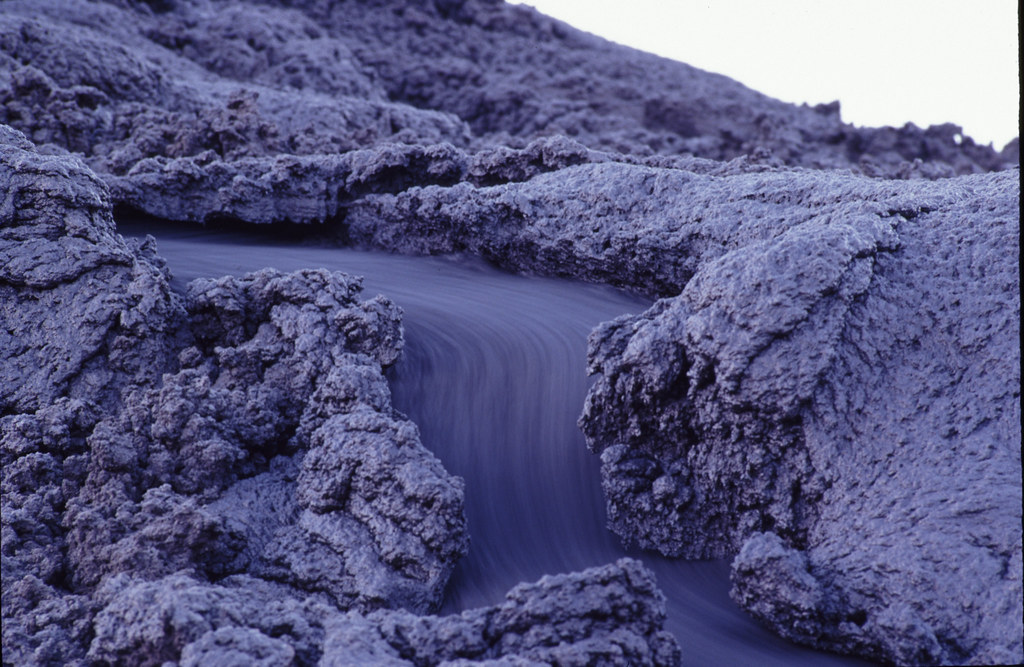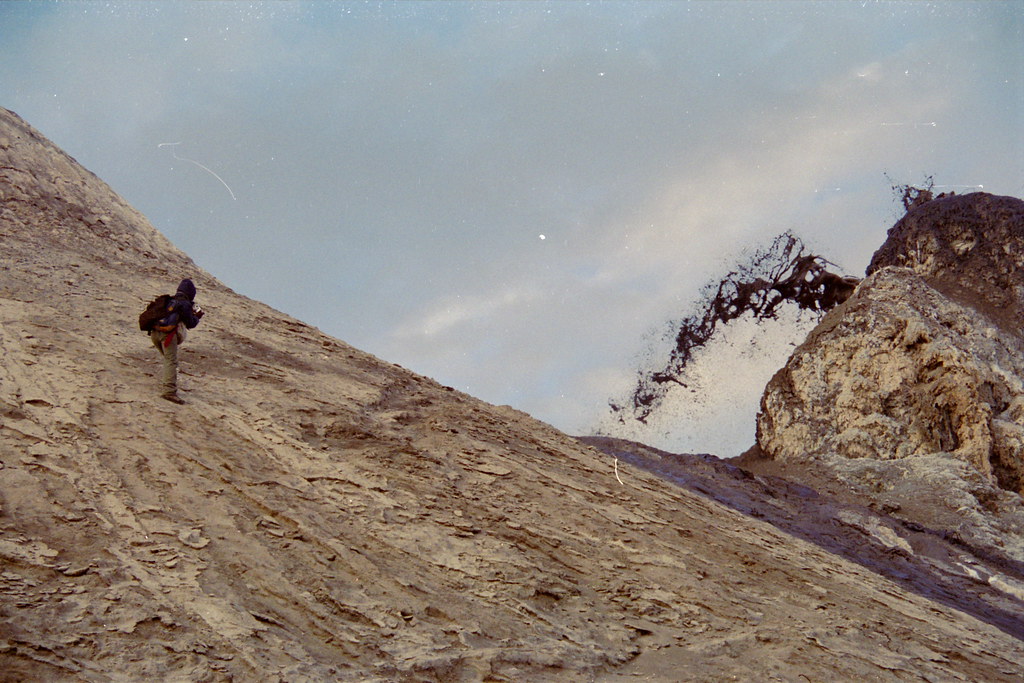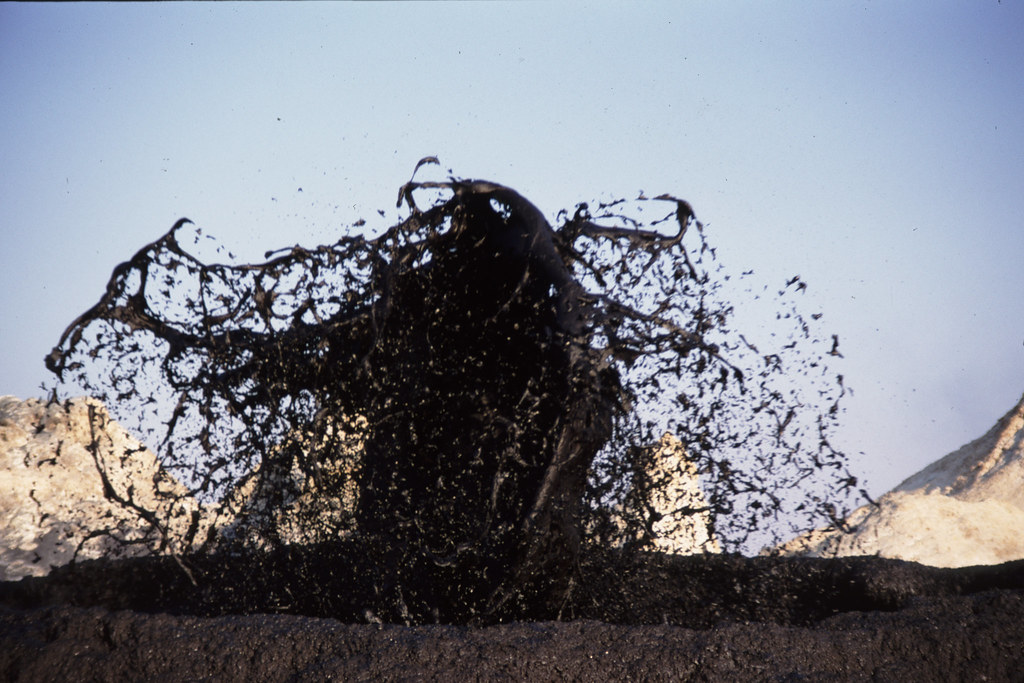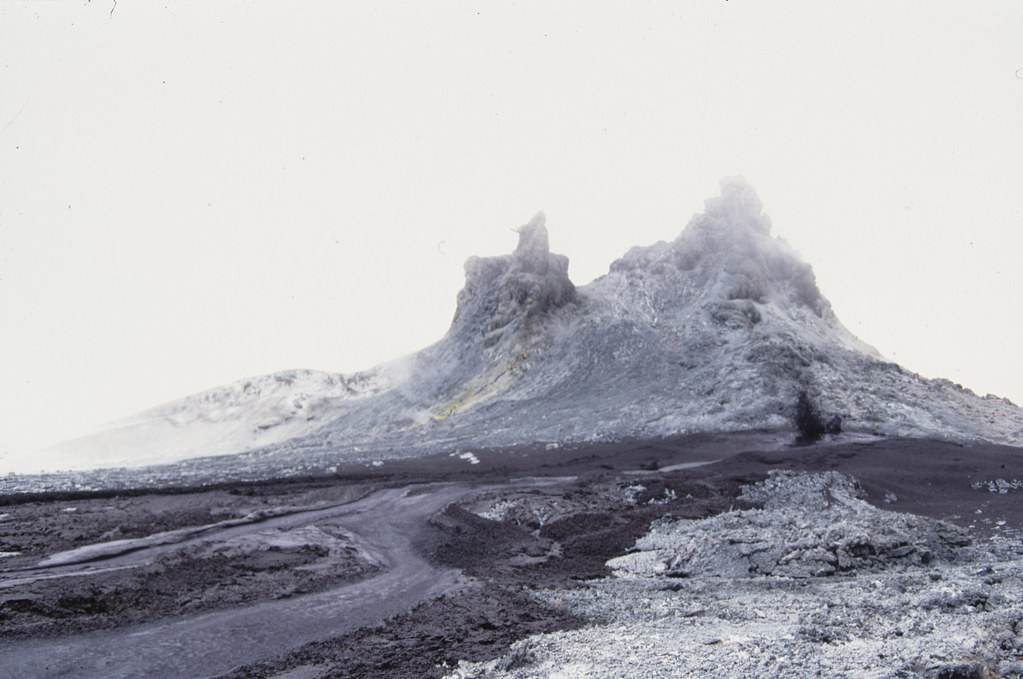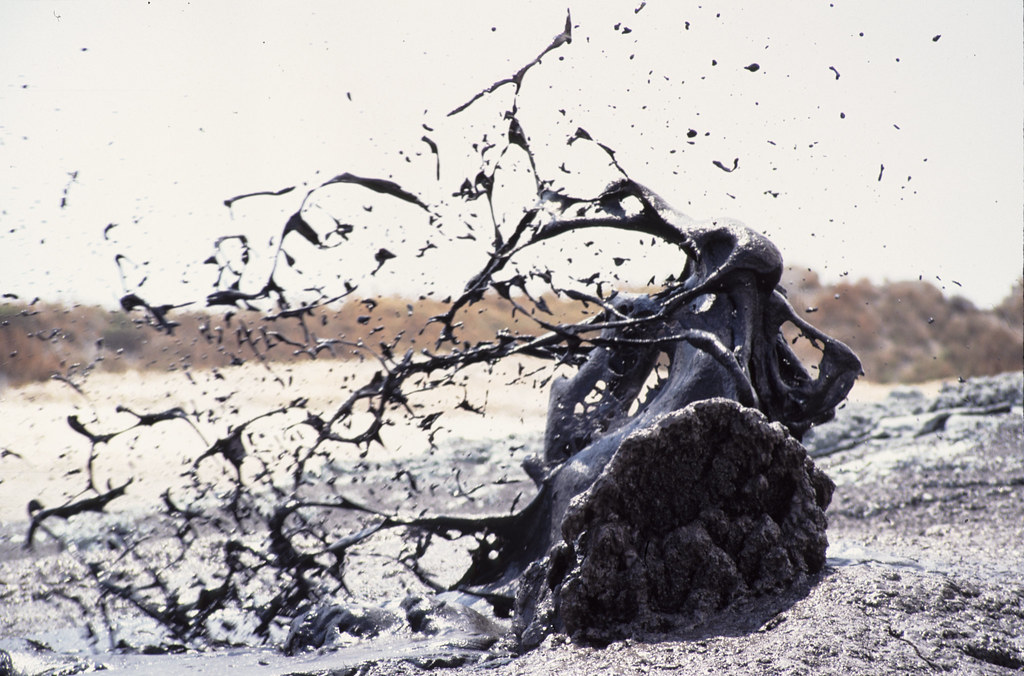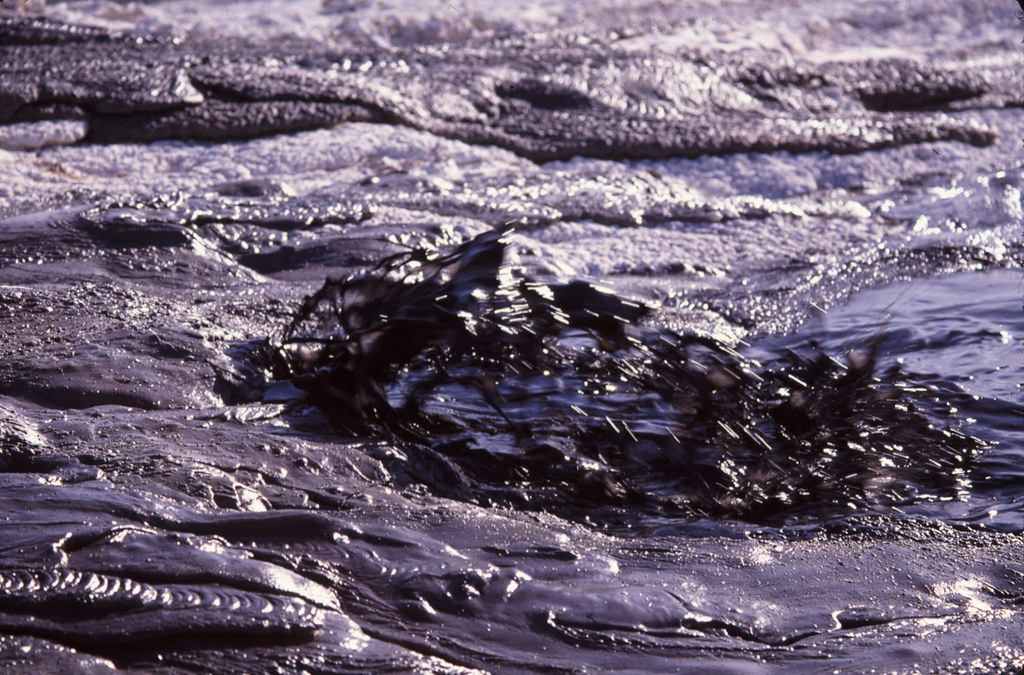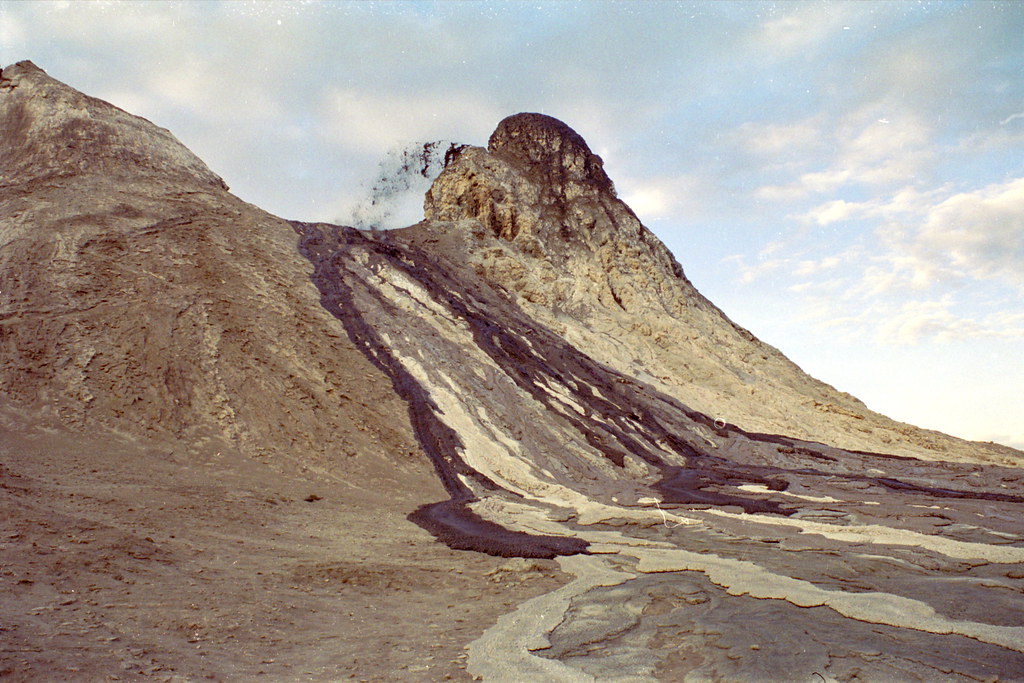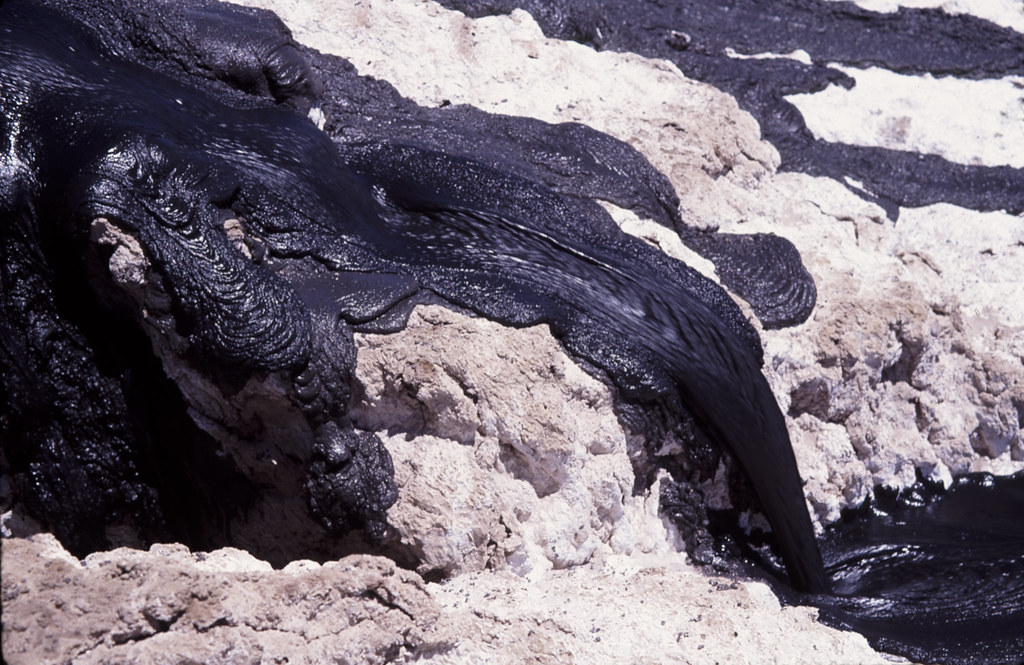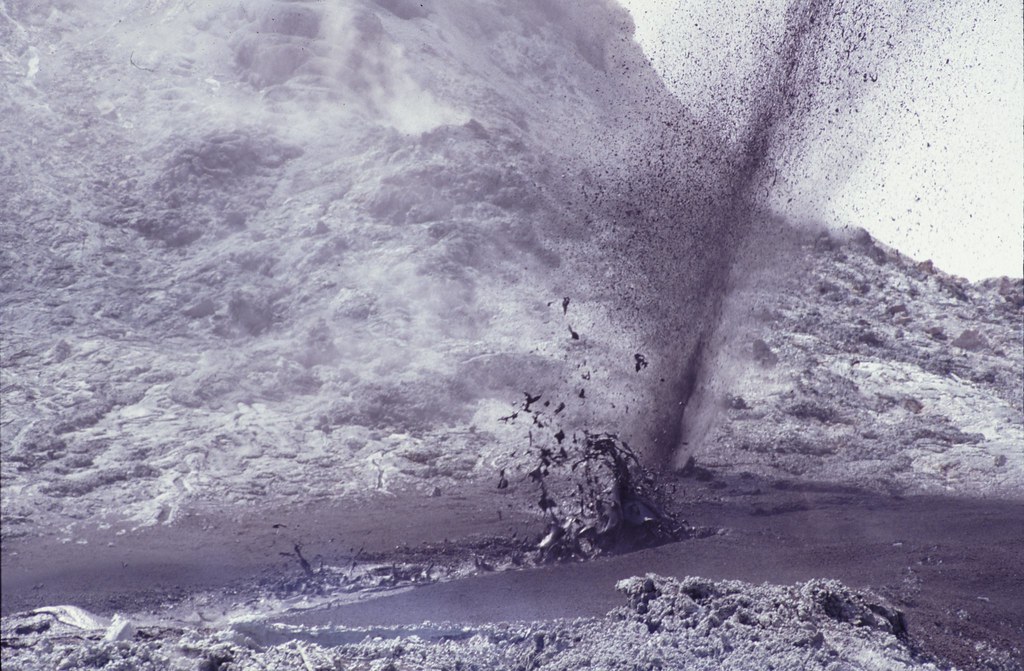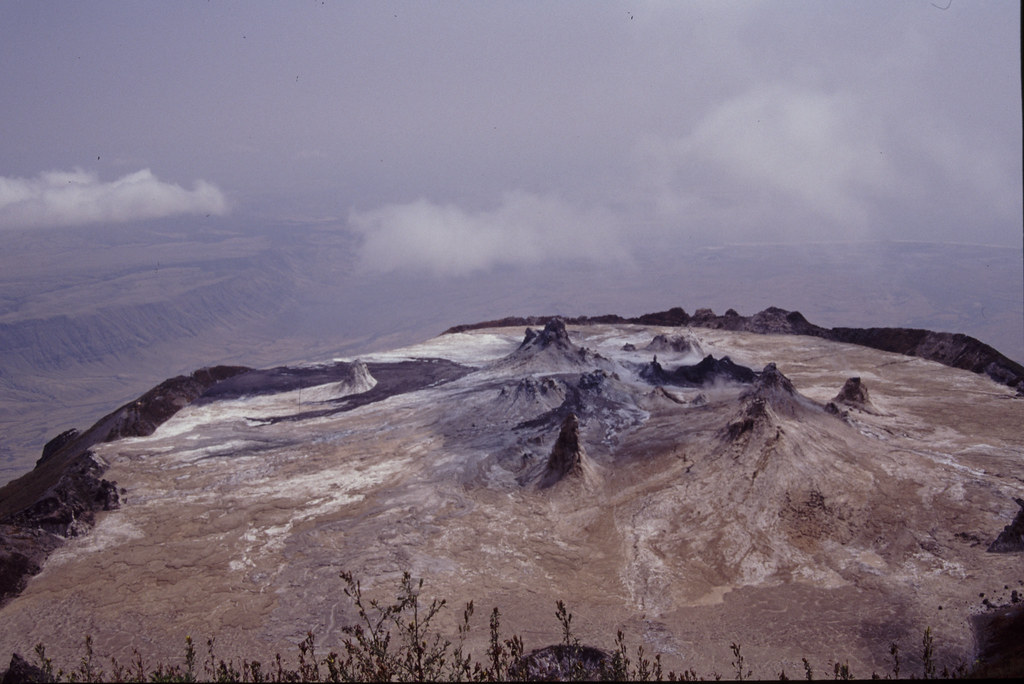1 October 2017
Africa’s Unique Volcano: Ol Doinyo Lengai
For countless generations, the Maasai people of Tanzania have called the active volcano which dominates their landscape Ol Doinyo Lengai. The name translates as the Mountain of God. Yet on the day Eng’ai, one of the gods of the Maasai, created this volcano she must have been in an unusual state of mind. Where most volcanoes spew lava which is rich in silicate materials, Ol Doinyo Lengai is different: very different.
Among all the active volcanoes in the world, Ol Doinyo Lengai is unique. Its yield of lava is natrocarbonatite in nature. In other words, its mineralogical composition consists of greater than 50 percent carbonate minerals. A carbonatite is a type of igneous rock more often enveloped in other formations and does not usually make it to the surface on its own. It is often mistaken for marble. Although there are other examples of natrocarbonatite volcanoes in the world, all but Ol Doinyo Lengai are extinct. If you want to see a truly different volcano, this is the one to put on the bucket list.
Image Credit Flickr User Giam
Image Credit Flickr User VolcanoImage
Image Credit Flickr User Tineke Speelman
Carbonate and silicate materials are vastly different so Ol Doinyo Lengai, alone in the world, creates a different landscape to all other volcanoes. Its lava holds the key. To begin with, the materials it vents are significantly cooler than the silicate-rich lava of all the other active volcanoes on earth - it comes out black hot rather than red hot. Yet even though it is around half the temperature of basalt lavas it will, nevertheless, burn if its random splatters discover your human frame. It erupts at around 1,000 degrees Fahrenheit yet cools incredibly quickly.
Image Credit Flickr user Kerry Klein
By most people’s standards that is way too hot for comfort but many volcanologists refer to Ol Doinyo Lengai as the ‘toy volcano’. This belies their fascination with the place: Lengai is often visited and its fascination is endless. Where else, after all, can you take a lava sample with a spoon? Sometimes it even looks more like foam than lava, if it has high gas (carbon dioxide) content.
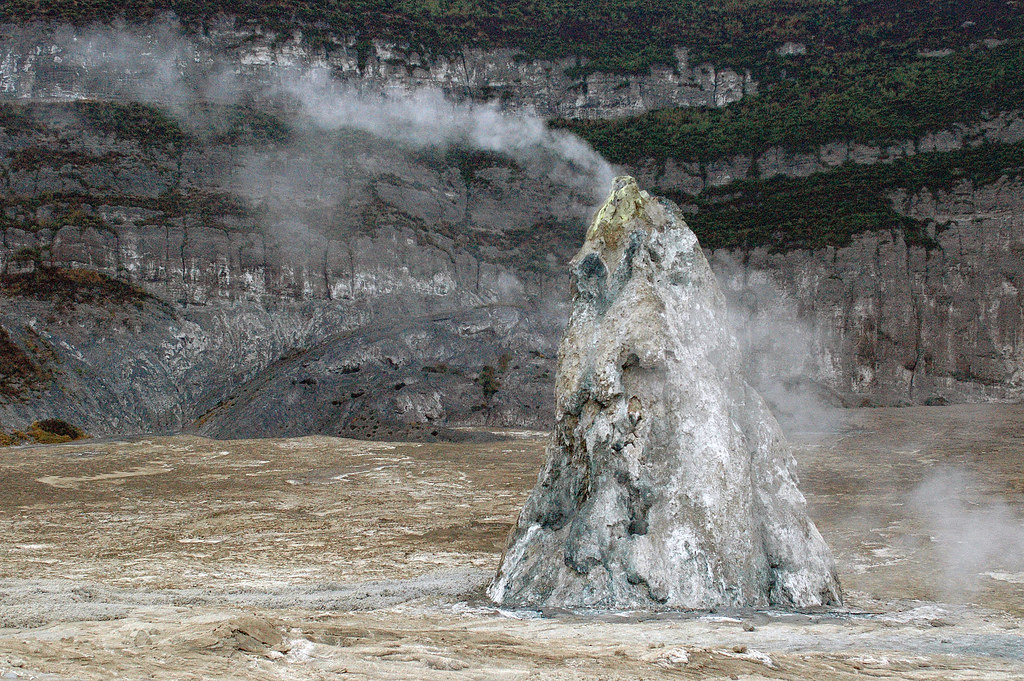
Image Credit Flickr User Dirk Rosseel
The volcano does not only attract volcanologists seeking the different. Climbers will often make the trek to the volcano simply to climb the hornitos (the incredibly steep and hollow pinnacles which are occasionally produced around vents. Also known as spatter cones, climbing these fragile, brittle structures is something of an experience – especially when they tremblingly reverberate as the lava lake rumbles below.
Image Credit Flickr User Jeffrey Brown
Image Credit Flickr User Jeffrey Brown
The hornitos are created with the assistance of vast amounts of carbon dioxide. It forms bubbles in the lava larger than soccer balls. As they expand, the inevitable happens. They burst with explosive force and the spray becomes the underpinning base of a new cone. As each bubble bursts the hornito becomes taller.
Image Credit Flickr User Jeffrey Brown
Image Credit Flickr User Jeffrey Brown
Often the lava flows at Lengai are only a meter wide. Yet once the lava is extruded it can cool in a matter of seconds. Lava can solidify while in mid- air and shatter as it hits the ground.
Image Credit Flickr User Jeffrey Brown
Image Credit Flickr User Jeffrey Brown
Larger flows are dark in appearance and were sometimes mistaken for mud in the past. It is an easy mistake to make. In terms of viscosity, (corresponding to an informal notion of thickness), think of gloopy, runny honey and you will not be far off. As well as being the most unusual lava in the world, it is also the most fluid.
Image Credit Flickr User Tineke Speelman
Image Credit Flickr User Jeffrey Brown
It is not difficult to gauge the age of the lava flows at Lengai. At first they are as black as pitch, forming smooth undulating masses known as pahoehoe. At this point in their ‘lives’ they can often sparkle, as if they contain metastable allotropes of carbon (diamonds to you and me). They very quickly turn brown and grey.
Image Credit Wikimedia
Image Credit Flickr User Kerry Klein
In the space of a few days, thanks to chemical reactions which occur when they absorb rain, they are almost white and the landscape becomes almost lunar in its other-worldliness. Many formations last only a few hours before they begin to fragment.
Image Credit Flickr User Jeffrey Brown
Image Credit Flickr User Jeffrey Brown
For generation upon generation the barren married women of the Maasai gathered at the base of this incredible volcano in the hope that Eng’ai would answer their prayers and give them a child. If they could only have been in receipt of similar levels of delight as those experienced by the volcanologists and climbers who visit Lengai then they probably all had twins.
Image Credit Wikimedia
First Image Credit Flickr User Ravpix
Acknowledgements
Kuriositas would like to thank Flickr Users Jeffrey Brown (volcanoimage), Kerry K, Tineke Speelman and Dirk Rosseel for their very kind permission, allowing Kuriositas to embed their copyright images in to this post. Please visit their amazing photostreams.
Among all the active volcanoes in the world, Ol Doinyo Lengai is unique. Its yield of lava is natrocarbonatite in nature. In other words, its mineralogical composition consists of greater than 50 percent carbonate minerals. A carbonatite is a type of igneous rock more often enveloped in other formations and does not usually make it to the surface on its own. It is often mistaken for marble. Although there are other examples of natrocarbonatite volcanoes in the world, all but Ol Doinyo Lengai are extinct. If you want to see a truly different volcano, this is the one to put on the bucket list.
Image Credit Flickr User Giam
Image Credit Flickr User VolcanoImage
Image Credit Flickr User Tineke Speelman
Carbonate and silicate materials are vastly different so Ol Doinyo Lengai, alone in the world, creates a different landscape to all other volcanoes. Its lava holds the key. To begin with, the materials it vents are significantly cooler than the silicate-rich lava of all the other active volcanoes on earth - it comes out black hot rather than red hot. Yet even though it is around half the temperature of basalt lavas it will, nevertheless, burn if its random splatters discover your human frame. It erupts at around 1,000 degrees Fahrenheit yet cools incredibly quickly.
Image Credit Flickr user Kerry Klein
By most people’s standards that is way too hot for comfort but many volcanologists refer to Ol Doinyo Lengai as the ‘toy volcano’. This belies their fascination with the place: Lengai is often visited and its fascination is endless. Where else, after all, can you take a lava sample with a spoon? Sometimes it even looks more like foam than lava, if it has high gas (carbon dioxide) content.

Image Credit Flickr User Dirk Rosseel
The volcano does not only attract volcanologists seeking the different. Climbers will often make the trek to the volcano simply to climb the hornitos (the incredibly steep and hollow pinnacles which are occasionally produced around vents. Also known as spatter cones, climbing these fragile, brittle structures is something of an experience – especially when they tremblingly reverberate as the lava lake rumbles below.
Image Credit Flickr User Jeffrey Brown
Image Credit Flickr User Jeffrey Brown
The hornitos are created with the assistance of vast amounts of carbon dioxide. It forms bubbles in the lava larger than soccer balls. As they expand, the inevitable happens. They burst with explosive force and the spray becomes the underpinning base of a new cone. As each bubble bursts the hornito becomes taller.
Image Credit Flickr User Jeffrey Brown
Image Credit Flickr User Jeffrey Brown
Often the lava flows at Lengai are only a meter wide. Yet once the lava is extruded it can cool in a matter of seconds. Lava can solidify while in mid- air and shatter as it hits the ground.
Image Credit Flickr User Jeffrey Brown
Image Credit Flickr User Jeffrey Brown
Larger flows are dark in appearance and were sometimes mistaken for mud in the past. It is an easy mistake to make. In terms of viscosity, (corresponding to an informal notion of thickness), think of gloopy, runny honey and you will not be far off. As well as being the most unusual lava in the world, it is also the most fluid.
Image Credit Flickr User Tineke Speelman
Image Credit Flickr User Jeffrey Brown
It is not difficult to gauge the age of the lava flows at Lengai. At first they are as black as pitch, forming smooth undulating masses known as pahoehoe. At this point in their ‘lives’ they can often sparkle, as if they contain metastable allotropes of carbon (diamonds to you and me). They very quickly turn brown and grey.
Image Credit Wikimedia
Image Credit Flickr User Kerry Klein
In the space of a few days, thanks to chemical reactions which occur when they absorb rain, they are almost white and the landscape becomes almost lunar in its other-worldliness. Many formations last only a few hours before they begin to fragment.
Image Credit Flickr User Jeffrey Brown
Image Credit Flickr User Jeffrey Brown
For generation upon generation the barren married women of the Maasai gathered at the base of this incredible volcano in the hope that Eng’ai would answer their prayers and give them a child. If they could only have been in receipt of similar levels of delight as those experienced by the volcanologists and climbers who visit Lengai then they probably all had twins.
Image Credit Wikimedia
First Image Credit Flickr User Ravpix
Acknowledgements
Kuriositas would like to thank Flickr Users Jeffrey Brown (volcanoimage), Kerry K, Tineke Speelman and Dirk Rosseel for their very kind permission, allowing Kuriositas to embed their copyright images in to this post. Please visit their amazing photostreams.







